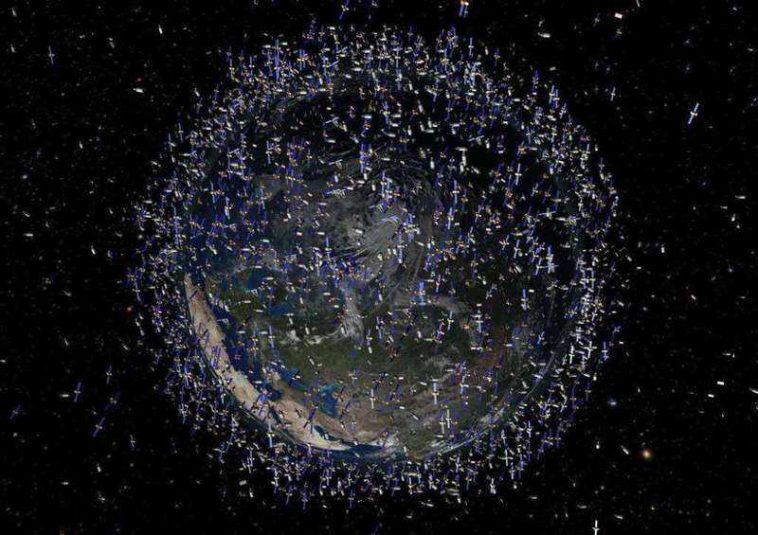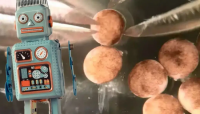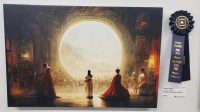Apollo Academic Surveys and Carrie Nugent of the Olin School of Engineering in Massachusetts recently surveyed planetary defense experts on the topic of near-Earth asteroids and comets. Of the 34 experts surveyed, all said they were somewhat concerned that too many moons could affect the detection of near-Earth asteroids, with 24 percent saying they were very concerned.
“Studies show that low-Earth-orbit satellites can significantly impact observations at dusk, an important interval in the search for NEOs,” wrote one survey participant.
Another interviewee noted that a “massive satellite” launch could affect a planetary defense mission like NASA’s Double Asteroid Redirection Test (DART).
“I think it’s scary that nothing concrete has been done to fix it,” wrote Cristina Thomas of Northern Arizona University. “It’s only going to get worse, creating a lot of problems for ground detection. ”
Fortunately, the space-based observation system is about to go online. NASA hopes that space-based observation systems such as the NEO Surveyor, a space telescope that launches in 2028, will be the primary means of monitoring near-Earth object threats in the future. “Space-based systems are the right way to monitor NEOs, and ground-based observation equipment is declining in importance,” wrote another survey participant.
Also, in ground-based observations, researchers might be able to filter out much of the interference from satellites by developing software, as astronomical observers do.
According to Eric Christensen of the University of Arizona: “A well-designed survey program focused on near-Earth objects can effectively prevent satellite trajectories from causing partial image loss.” Christensen is a card According to NASA, the Katarina Sky Survey is one of the two asteroid detection programs that have discovered the most near-Earth objects. He said, “I estimate that a complete Starlink satellite network may reduce the detection efficiency of the Catalina Sky Survey by a few tenths of a percentage point.”
But Christensen also said that other celestial survey projects “may be more susceptible to additional ‘noise’ from satellite trajectories and the like.”




GIPHY App Key not set. Please check settings